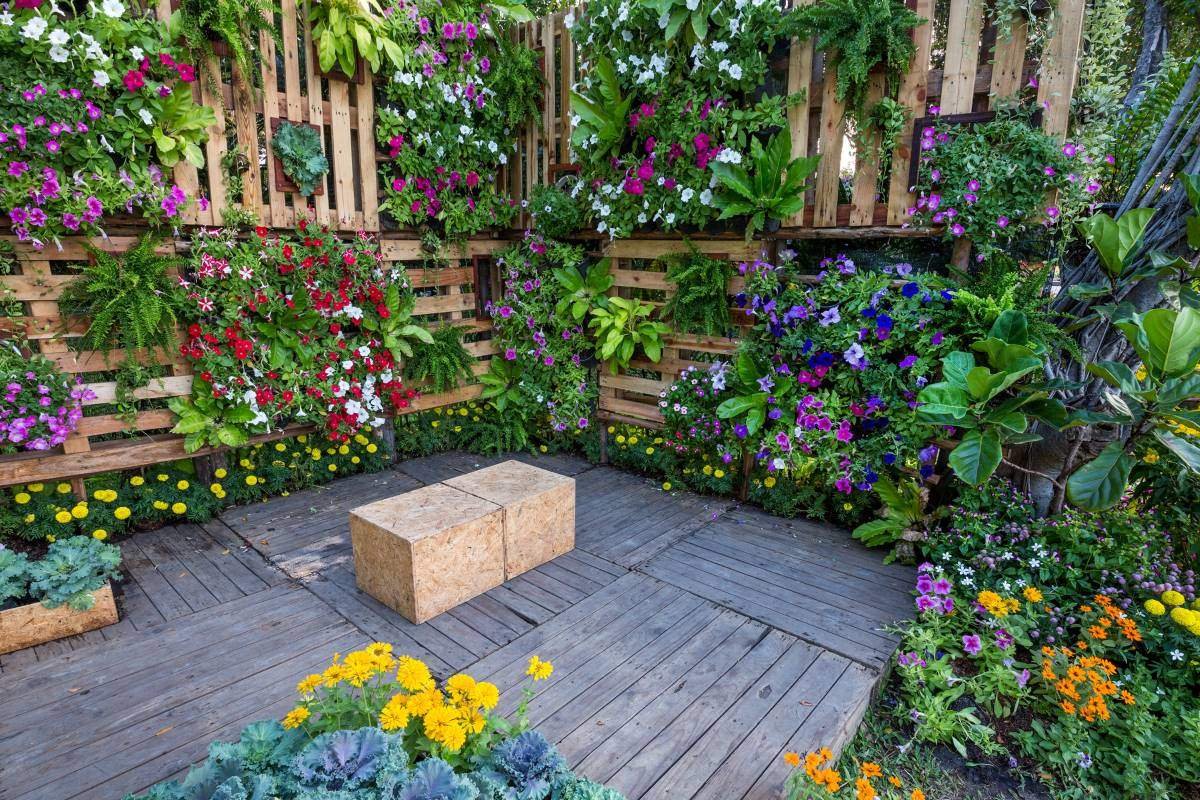As urban living continues to rise, the luxury of spacious backyards becomes a rare commodity. However, the green-thumbed among us need not despair. Vertical gardening offers an innovative solution to maximize space in urban settings, transforming even the smallest balconies and patios into lush, green sanctuaries. This gardening technique is not only space-efficient but also environmentally friendly and aesthetically pleasing.
The Concept of Vertical Gardening

Vertical gardening involves growing plants upwards on structures like trellises, walls, or specially designed vertical planters. This method is ideal for urban areas where horizontal space is limited. By thinking vertically, gardeners can utilize walls, fences, and other vertical surfaces to create a green oasis.
Benefits of Vertical Gardening

1. Space Efficiency
In dense urban areas, every square inch counts. Vertical gardening allows you to grow a variety of plants in a fraction of the space required for traditional horizontal gardens. This makes it possible to cultivate a diverse range of plants, from herbs and vegetables to flowers and ornamental plants, even in the smallest of spaces.
2. Improved Air Quality
Plants are natural air purifiers. By increasing the number of plants in your living space through vertical gardening, you can improve air quality. This is particularly beneficial in urban environments, where air pollution can be a significant concern.
3. Aesthetic Appeal
Vertical gardens can transform drab urban walls into vibrant, living artworks. The sight of cascading greenery and blooming flowers adds visual interest and beauty to any space. Vertical gardens can also serve as privacy screens or natural dividers in outdoor spaces.
4. Thermal Insulation
Green walls provide natural insulation for buildings. Plants absorb sunlight, which can help regulate indoor temperatures, reducing the need for air conditioning in the summer and heating in the winter. This not only lowers energy bills but also reduces your carbon footprint.
5. Increased Biodiversity
Vertical gardens can support a diverse range of plant species, attracting beneficial insects and pollinators like bees and butterflies. This contributes to urban biodiversity, creating a healthier and more balanced ecosystem.
Getting Started with Vertical Gardening

1. Choosing the Right Location
Select a location that receives adequate sunlight for the types of plants you wish to grow. Most vegetables and herbs need at least six hours of direct sunlight daily, while some shade-loving plants can thrive with less.
2. Selecting Plants

When choosing plants for your vertical garden, consider their growth habits and light requirements. Vining plants like tomatoes, cucumbers, and peas are perfect for vertical gardens as they naturally grow upwards. Herbs like basil, parsley, and mint are also excellent choices due to their compact growth.
3. Building Structures
There are several options for creating vertical gardening structures:
- Trellises: Simple and cost-effective, trellises can be leaned against a wall or fence.
- Wall-mounted Planters: These come in various sizes and materials, allowing for a customizable approach.
- Vertical Garden Kits: Available in many garden centers, these kits often include everything you need to start a vertical garden.
- DIY Solutions: Get creative with recycled materials like pallets, PVC pipes, or old gutters to construct your vertical garden.
4. Soil and Watering
Vertical gardens can dry out faster than traditional gardens due to their exposure. Use high-quality potting soil that retains moisture well. Consider incorporating a drip irrigation system to ensure consistent watering, or use self-watering planters to make maintenance easier.
5. Maintenance
Regular maintenance is crucial for a thriving vertical garden. Prune plants to encourage healthy growth and remove any dead or diseased foliage. Monitor for pests and treat any infestations promptly. Fertilize your plants as needed to keep them healthy and productive.
Creative Ideas for Vertical Gardens

1. Herb Towers
Create a culinary delight by planting a variety of herbs in a tiered vertical planter. This not only saves space but keeps fresh herbs within arm’s reach for your cooking needs.
2. Succulent Walls
Succulents are perfect for vertical gardens due to their shallow roots and low water requirements. Create a striking visual display with a variety of shapes, colors, and textures.
3. Edible Walls
Grow your own food in a vertical garden by planting vegetables like lettuce, spinach, and strawberries. This is a practical and rewarding way to enjoy homegrown produce, even in a small space.
4. Flowering Walls
Brighten up any urban area with a vertical garden full of flowering plants. Choose a mix of annuals and perennials to ensure year-round color and interest.
Conclusion
Vertical gardening is a transformative approach to urban gardening that maximizes space while offering numerous environmental and aesthetic benefits. Whether you have a small balcony or a bare wall, vertical gardening can turn any space into a lush, green haven. By embracing this innovative gardening method, urban dwellers can enjoy the pleasures of gardening, improve their living environment, and contribute to a greener planet. So, grab your tools and start your vertical garden today—your urban oasis awaits!
For more information, visit athenasgardens.com
